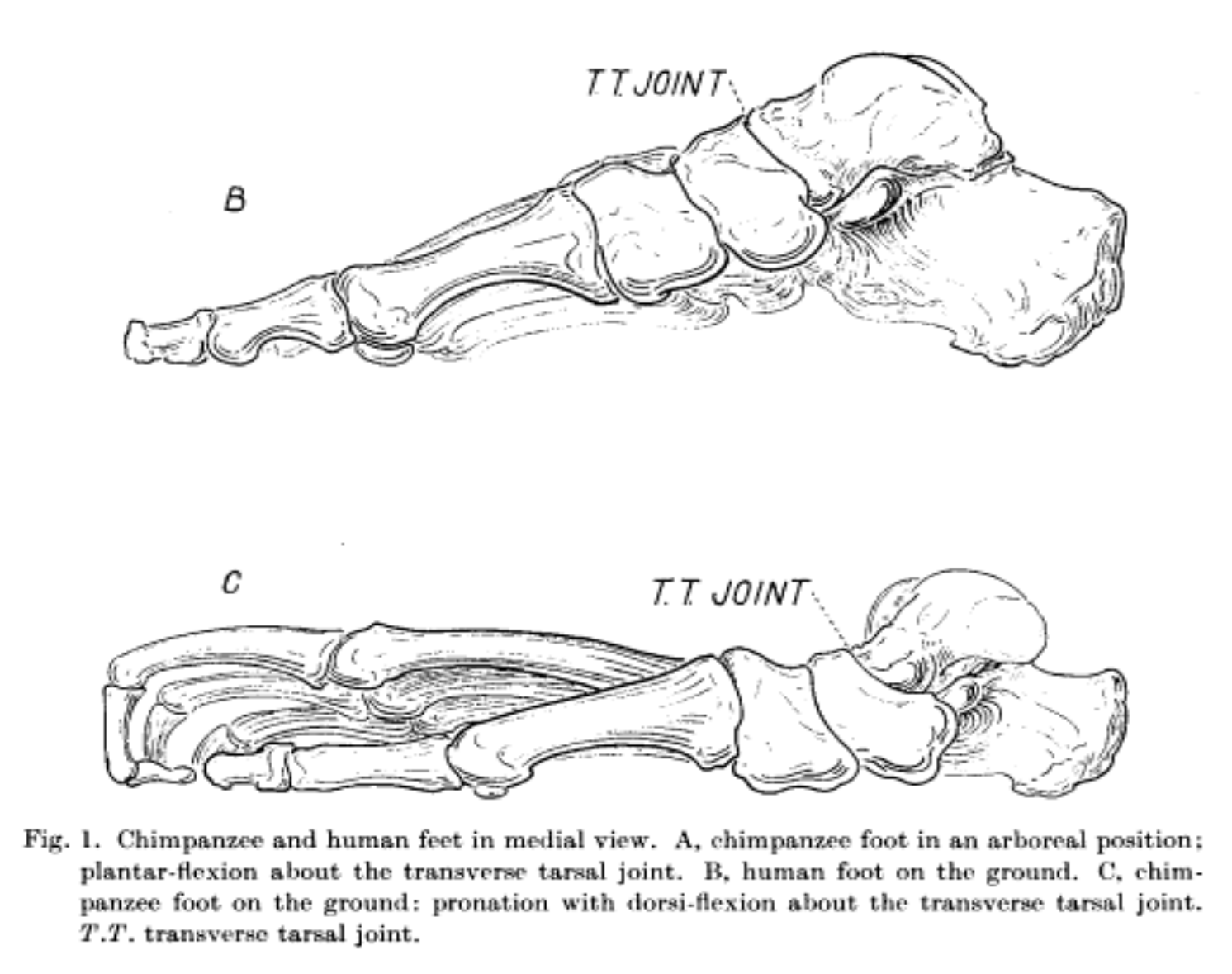No need to ‘correct’ a flat foot
Gina Kolata published an excellent article in the New York Times that discusses what we do and do not know about how custom orthotics work. She interviewed renowned running biomechanists Benno Nigg, University of Calgary, and Joesph Hamill, University of Massachusetts, as well as several orthotic makers.

Children playing outside, circa 1949-1954 London. Photograph Nigel Henderson, 1917-1985. The Tate Archive, from Janet Henderson and family, 1992.
By Peter Larson, Run blogger January 17, 2011
Here are a few choice quotes:
“His (Dr. Nigg’s) overall conclusion: Shoe inserts or orthotics may be helpful as a short-term solution, preventing injuries in some athletes. But it is not clear how to make inserts that work. The idea that they are supposed to correct mechanical-alignment problems does not hold up.”
Joseph Hamill:
“I guess the main thing to note is that, as biomechanists, we really do not know how orthotics work.”
Scott D. Cummings, president of the American Academy of Orthotists and Prosthetists:
“…when it comes to science and rigorous studies, he added, “comparatively, there isn’t a whole lot of evidence out there.”
Benno Nigg:
“…there is no need to ‘correct’ a flat foot. All Jason needs to do is strengthen his foot and ankle muscles and then try running without orthotics.”

Fig. 2. Chimpanzee and human lower extremity models during bipedal walking. (A) Lateral view of the chimp model modified from O’Neill et al. (2013) showing FL MTUs including TFL–FLant (green), GMaxCr–FLant (purple) and GMaxCd–FLpost (blue) during touchdown, midstance, toe-off and midswing during bipedal walking. (B) Lateral view of the human model from Eng et al. (2015) showing ITB MTUs including TFL–ITBant (green) and GMax–ITBpost (blue) during bipedal walking. The human GMax–ITBpost MTU is color-coded based on its insertion in the posterior ITB and not based on homology. (C) Anterior view of the chimp (top) and human (bottom) models during midstance, showing the abducted position of the chimp hip during bipedal walking.
I was however, a bit perplexed by this statement:
“Dr. Nigg says he always wondered what was wrong with having flat feet. Arches, he explains, are an evolutionary remnant, needed by primates that gripped trees with their feet. “Since we don’t do that anymore, we don’t really need an arch,” he wrote in an e-mail. “Why would we? For landing — no need. For the stance phase — no need. For the takeoff phase — no need. Thus a flat foot is not something that is bad, per se.”
Chimpanzees have no arch, but humans do, so I find it a strange argument that it’s a remnant left over from our days climbing in the trees.

| Chimpanzee and human feet in medial view. Twisted plate theory, Douglas Richie 2015 |
I’m not a podiatrist, nor have I ever worn orthotics, but my basic sense from reading the article is that the biomechanists quoted feel that they can be useful for short term treatment, but using them long term is not warranted as they can, quoting Nigg again, “…lead to a reduction in muscle strength.” Treat them more as a crutch rather than a permanent solution seems to be the take home message.
Source Run blogger
| References |
The typically developing paediatric foot: how flat should it be? A systematic review, Hayley Uden, Rolf Scharfbillig, and Ryan Causby. J Foot Ankle Res. 2017; 10: 37. Published online 2017 Aug 15. doi: 10.1186/s13047-017-0218-1
The human iliotibial band is specialized for elastic energy storage compared with the chimp fascia lata, Eng CM, Arnold AS, Biewener AA, Lieberman DE. J Exp Biol. 2015 Aug;218(Pt 15):2382-93. doi: 10.1242/jeb.117952. Epub 2015 May 29. Full text
A three-dimensional musculoskeletal model of the chimpanzee (Pan troglodytes) pelvis and hind limb, O’Neill MC, Lee LF, Larson SG, Demes B, Stern JT Jr, Umberger BR. J Exp Biol. 2013 Oct 1;216(Pt 19):3709-23. doi: 10.1242/jeb.079665. Full text
Rethinking the evolution of the human foot: insights from experimental research, Holowka NB, Lieberman DE. J Exp Biol. 2018 Sep 6;221(Pt 17). pii: jeb174425. doi: 10.1242/jeb.174425. Review. Full text
Also see
Chimpanzee ‘super strength’ and what it might mean in human muscle evolution Phys.org
What Makes the Human Foot Unique? Scientific American
